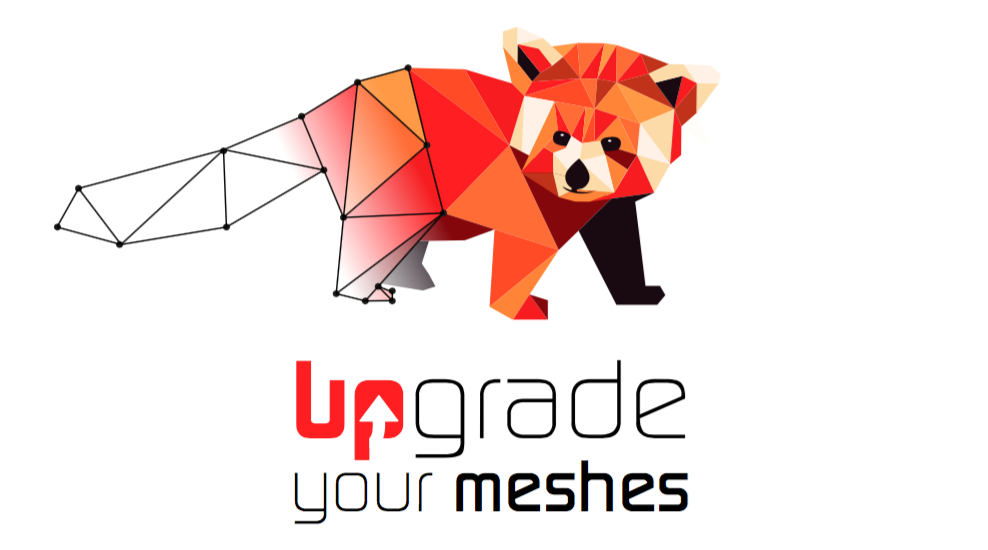Hi, Algiane,
Thanks for your reply. Your answer is very helpful to me to understand the interpolation before and after refinement.
Kratos uses closest point transfer (similar to you mentioned barycentric way), shape function projection transfer and least-square projection transfer to interpolate the internal variables. See Combination of an adaptive remeshing technique with a coupled FEM–DEM approach for analysis of crack propagation problems | SpringerLink. I found the adaptive mesh refinement strategy (AMR) in Kratos is only compatible with static problem (from their examples), therefore only the history dependent internal variables, e.g., damage value and plastic are required to be transferred to new mesh.
My code is a kind of explicit method using the central difference integration. Many variables such as displacement, velocity and internal stress should be inherited by the new mesh if I want to continue the calculation for the new mesh based on the results from the last step. I tried the shape function projection transfer method, but it seems the unbalance force before and after remesh will disturb the computation in the new mesh. This paper (https://link.springer.com/content/pdf/10.1007/s10915-021-01414-1.pdf) implies that an extra balancing stage should be considered for the AMR to get a stable dynamic transfer.
Therefore, whether the interpolation is not essential for AMR if I use implicit scheme or for the dynamic scheme, if I recalculate the models from t0 after each mesh refinement (of course this way will cost more time)? How did you solve this problem in the Lagrangian motion example? (I tried to use the Lag module, but I got error when I install LinearElsticity)
Thanks in advance for any help.
Regards,
Jason
